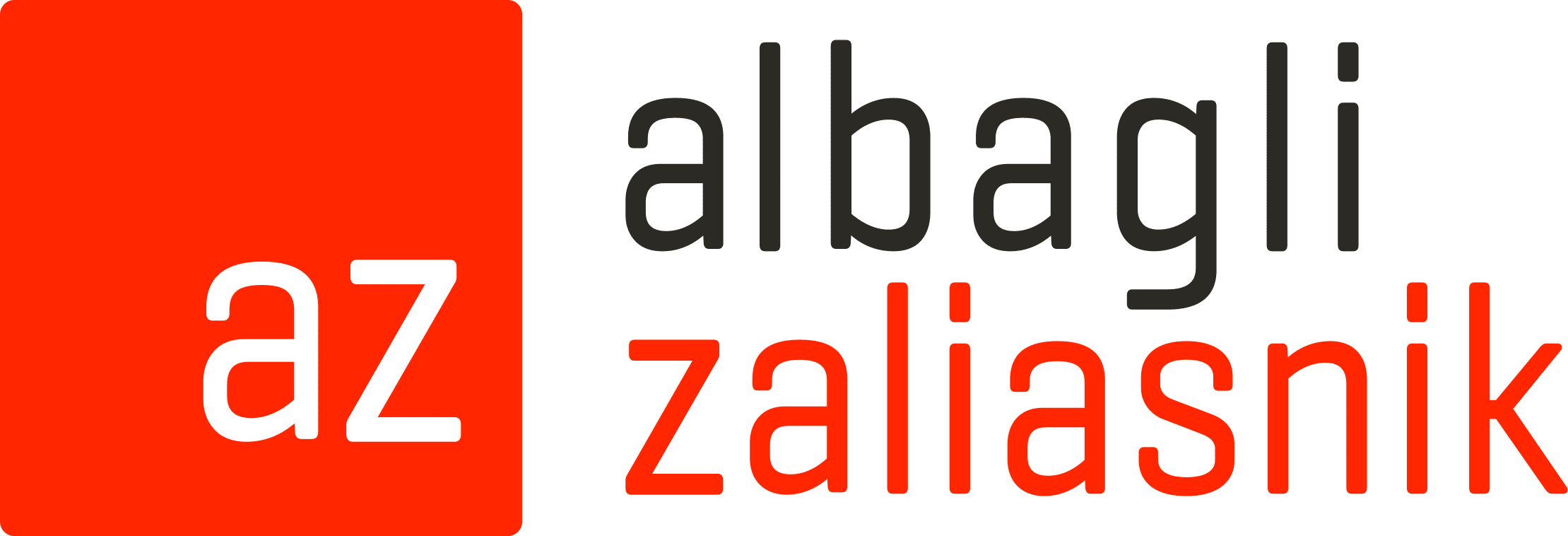It is very important to understand these differences, as some people believe that registering the name or trademark of a machine or invention means that it is fully protected.
It is a question that seems basic, but it causes more confusion than one might imagine. In fact, it is common for people who have invested time and money in a product or creation to believe that by “registering the trademark” they are protected against everything. However, each of these concepts—trademark, patent, and copyright—plays a different role within the intellectual and industrial property system, so it is important to understand the key differences between them.
First, a trademark is a sign used to identify products or services in the market and distinguish them from other competitors. It is what allows a consumer to recognize a product or service and associate it with a specific business origin. A trademark can be a word, a phrase, a logo/label, a three-dimensional shape, or even a sound or smell.
The trademark is registered with the National Institute of Industrial Property (INAPI), which grants exclusive rights of use throughout the national territory for 10 years, renewable indefinitely. This exclusivity means that no other person may use an identical or confusingly similar sign for the same products or services. In practice, the trademark is a tool for differentiating a particular product or service, as many consumers are guided by the security or trust they have in a particular brand.
On the other hand, patents belong to a different field, that of technical innovation. A patent protects an invention, i.e., it provides a new technical solution to a problem. To obtain a patent, three fundamental requirements must be met: (i) novelty, (ii) inventive step, and (iii) industrial applicability. In other words, the invention cannot be known or have been created previously, as otherwise it would not meet the requirement of novelty.
The rights conferred by a patent are more limited in time than those conferred by trademarks, as they are granted for a non-renewable period of 20 years. During that period, the owner has exclusive rights to their invention and can prevent others from manufacturing, using, selling, or importing the invention without their consent. The aim of this system is to encourage innovation in the country by rewarding, for a period of 20 years, those who invent something useful and new, but allowing, once the term has expired, the knowledge to enter the public domain so that anyone can manufacture or exploit it, thereby promoting the development and growth of our country.
Finally, we have copyright, which belongs to the world of artistic, literary, and scientific creations. Unlike trademarks and patents, copyright does not require registration, as the law protects rights simply by virtue of the creation of the work, i.e., the person automatically owns their creation and has a property right over it. However, in practice, it is advisable to register it with the Department of Intellectual Rights (DDI), as the certificate constitutes proof of ownership vis-à-vis third parties.
Similarly, it is important to mention that copyright protects the specific expression of an idea, not the idea itself. A classic example is the idea of a forbidden love story, which can be written by many people in different ways, as each will have their own wording, style, and characters that differ from the others. This right comprises two types: economic rights, which refer to those of an economic nature, such as publication, reproduction, adaptation, public performance, distribution, and communication to the public; and moral rights, which correspond to the recognition of authorship, such as associating the author’s name with their work or maintaining the integrity of the work.
On the other hand, one of the main differences with trademarks and patents is in their duration. While trademarks can be renewed indefinitely and patents have a fixed term of 20 years, copyright lasts for the author’s lifetime and 70 years after their death.
We could give a practical example that illustrates all three concepts. For example, if a person creates a new machine that solves a technical problem, that machine could be patented if it clearly meets the requirements we mentioned. After that, I can create a distinctive name for my machine, which will correspond to the product brand. This brand will consist of a name and a logo, which I will register with INAPI. Finally, if I create a work, such as a video about that machine, that material will be subject to copyright.
It is important to note that in Chile, both trademarks and patents are managed by INAPI, while copyrights are registered with the Department of Intellectual Rights.
In this regard, it is very important to be aware of these differences, as some people believe that by registering the name or trademark of a machine or invention, it is already fully protected, which is not the case. It is also important to apply for registration as a trademark for both the name and the logo so that both are protected. The same applies to works that are protected by copyright, since although it is not mandatory, it is advisable to register them with the Department of Intellectual Rights, as this constitutes a presumption that the person who registered them is the author.
In short, trademarks identify products or services, patents protect inventions, and copyrights protect creative works. Each plays a different role, but all are protected through intellectual and industrial property rights, so it is extremely important to understand their differences and how to protect each one.
For more information on these topics, please contact our Intellectual and Industrial Property Group:
Eugenio Gormáz | Partner | egormaz@az.cl
Carlos Lazcano | Senior Associate | clazcano@az.cl
Fernanda Rodríguez | Associate | frodriguez@az.cl
Esteban Orhanovic | Associate | eorhanovic@az.cl
Matías Selamé | Associate | matiasselame@az.cl
Be part of our multimedia platform and you can receive the latest legal news, events, podcazt and webinars.




